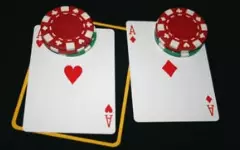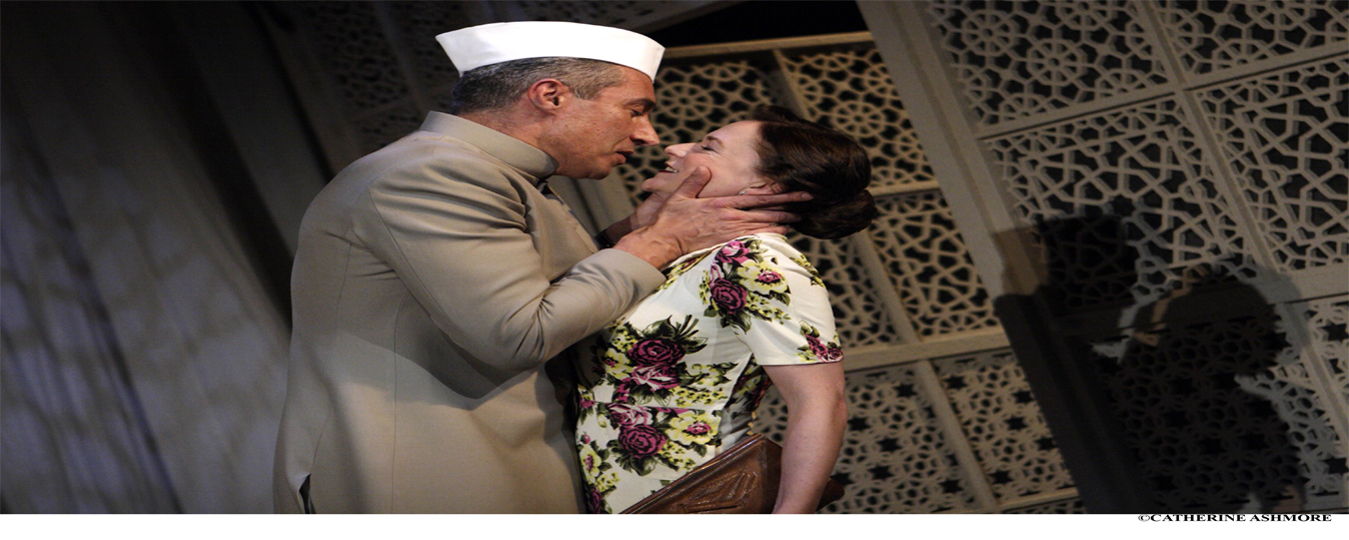When Should You Split In Blackjack
- Blackjack Strategy Chart
- When Should You Split 10s In Blackjack
- When Should You Split Nines In Blackjack
- When Do You Split Tens In Blackjack
However, unless you count cards, the odds of blackjack are against you, even if you are a perfect player. By chance, the outcome may sway in your favor from time to time; but the rule is: the more you gamble the more money you lose. Gambling Addiction: Gambling is addictive, really. If you find yourself spending an unreasonable amount of time. And you should never split 10’s since you have a very high probability of winning the hand with a 20. Double Down Strategy for Blackjack Another advanced blackjack strategy is the double down, which gives you a chance to double your wager and potential winnings after the initial deal.
 Posted
Posted - Doubling down is an exciting move to make in blackjack – and profitable if you get it right. This is when you double your bet in the middle of a hand, after which you only receive one more card.
- Splitting ACES is one of the best cards you can play in blackjack. You should also re-split your ACES. When you have 8’s: having two 8’s would make a total of 16, however, it is more likely that the dealer can also have a 16 too. Standing on a pair of 8’s against a dealers 16 would be a push.
- What splitting in blackjack means is that when your hand consists of two cards with similar value, you can split them by placing additional bet, creating two hands that will be played separately. The option to split is of enormous value; if it’s used wisely of course.
Among my recent emails from players, I have several on the topic of splitting tens. One player mentioned that he seems to win more often than not when splitting tens against a dealer 5 or 6, so he was wondering if the play could be justified. Actually, his basic assertion is correct. You will win more often than not when splitting tens in those situations. But, winning more than 50% of the time is only part of the story.
When the dealer has a 5 or 6 up, he will bust more than 40% of the time. That’s why basic strategy against those dealer upcards becomes quite a bit more aggressive. You should double 9, 10, and 11. Among soft totals, you should double A2 through A7. So, if you are dealt a pat 20, why not split the pair and get more money on the table while the dealer is weak?
Like all of basic strategy, this decision comes down to which action makes you the most money in the long run. Your single hand of a pat 20 is worth more than double what a single hand starting with a ten is worth.

Splitting Tens costs you money.
Assume we are playing a 6 deck, H17 game and we are dealt a pair of 10s against a dealer 6. Our initial bet is $10.
If we stand with 20, we’ll win our $10 bet 78% of the time. We’ll push with a dealer 20 about 11% of the time, and lose to a dealer 21 another 11% of the time. On average, we’ll win $6.77 by standing.
If we instead split the tens (only once) and put a $10 bet on each hand, what happens? On average, each of these hands is still a winner, but the average win on each hand is only $2.78. Our total expected win on both hands combined is just $5.56, which is more than $1 less than the value if we had just stood on the 20. Despite having twice as much money bet in a favorable situation, we are now expected to win less overall.
If it’s bad to split tens just once, it is of course worse to resplit them. If your strategy is to split tens and resplit up to the usual three times allowed, your total bet will be either $20, $30 or $40. Over all of these possibilities, your expected profit drops further yet to a grand total of only $4.51, more than $2 less than the value of your initial single $10 bet on a pat 20.
What about card counters?
Despite the risk of confusing basic strategy players, I can’t talk about splitting tens without addressing what happens if you count cards. Because card counters have extra information about the remaining cards to be dealt, they are able to identify occasions when splitting tens does become the mathematically correct play. In our example game, the Hi-Lo index number for splitting tens against a dealer 6 is +4. (For indexes for other specific games, see our Advanced Blackjack Strategy cards.) When the true count is at +4 or higher, the value of multiple hands surpasses the value of the pat 20.
Having said that, even if the true count indicates that the play is warranted it may still be a bad idea to split tens. Because the act of splitting tens draws so much attention, most card counters choose to ignore the index for splitting tens, and just keep the pat 20 regardless of the count. In some casinos, the dealer is required to announce to the pit when a player splits tens. Pit bosses know that only two kinds of players split tens… Those that don’t know any better, and those that know full-well what they are doing. If you are a card counter, you had better be sure the pit thinks you are completely harmless before you split tens. If they already view you with any suspicion, this move will confirm it.
In any case, I want to be perfectly clear about one point…
Basic strategy players shouldn’t split tens. Period.
Just don’t do it. It may seem fun, and it may be exciting. But splitting tens is just giving the casino extra money. They don’t need any extra. Stand with your 20.
Blackjack Strategy Chart
To find the hand values for this article, I used MGP’s free Blackjack Combinatorial Analyzer software for Windows, available at this site. If you want to explore alternative strategies and research the expected value, it is a powerful tool.
How Splitting in Blackjack Works?
What splitting in blackjack means is that when your hand consists of two cards with similar value, you can split them by placing additional bet, creating two hands that will be played separately. The option to split is of enormous value; if it’s used wisely of course.
The basic idea behind splitting cards, besides the obvious goal of increasing your winnings, is twofold. First, to improve weak hands, splitting 8s are a clear example for that. Second, to increase possible winnings on stronger hands, for example splitting Aces.
As with every blackjack rule, things are very simple and yet complicated in the same time. Using this option when not needed, which is probably the most common mistake when it comes to splitting in blackjack, can cost you a lot of money. The good news is that the splitting strategy is rather straight forward and easy to remember, especially if you have a favorite blackjack game which you come back to. Otherwise, it varies according to the specific splitting rules which we will review below.
Last thing before we continue, many new players not sure or shy to request to split, double and so forth. Don’t be. You don’t need to know any secret signs or terminology. Just tell the dealer that you wish to split and place additional bet. That’s it. Of course if you play blackjack online things are much easier and all you have to do is press the split button.
Common Blackjack Split Rules
- Allowed to split twice (up to three hands).
- You can split non identical 10 value cards.
- Splits Aces cannot be re-split.
- Split Aces receive only one card.
- You can hit and double down split hands.
Let’s take basic basic Vegas Strip hole card blackjack rulesand see how different splitting rules influence the house edge. So additional rules we use: 8 decks, dealer checks for blackjack and stands on soft 17; double down on any 2 cards; blackjack pays 3:2. Under the splitting rules we used above the expected payout is 99.56% (or house edge of 0.44%).
Below you can see how each change influence the odds (+ means increases players’ odds, minus – lowers players’ odds):
- Only 1 split allowed: -0.045%
- Allowed to split to 4 hands: 0.01%
- No double after split: -0.14%
- Player can re-split Aces: 0.06%
- You can hit split Aces: 0.19%
When to Split in Blackjack – Basic Strategy
We will try to make it simple to remember. Here we won’t explain the mathematics behind each decision, but you can find it in additional articles.
Most crucial ones:
- Never Split 5s and 10 value cards. (Double on 5s as you would on any hard 10).
- Always split Aces and 8s.
The easy ones to remember:
- 2s, 3s, 7s – split when dealer shows 2-7
- 6s – split on dealer’s 2-6.
When Should You Split 10s In Blackjack
And the unique ones:
- 4s – are not a perfect hand for splitting, so you should split them only when the dealer shows 5 or 6 and only when you can double after split. If the casino doesn’t allow to double on split hands – never split 4s.
- 9s – split on dealer’s 2-6 and 8,9.
Best Casinos to Play
